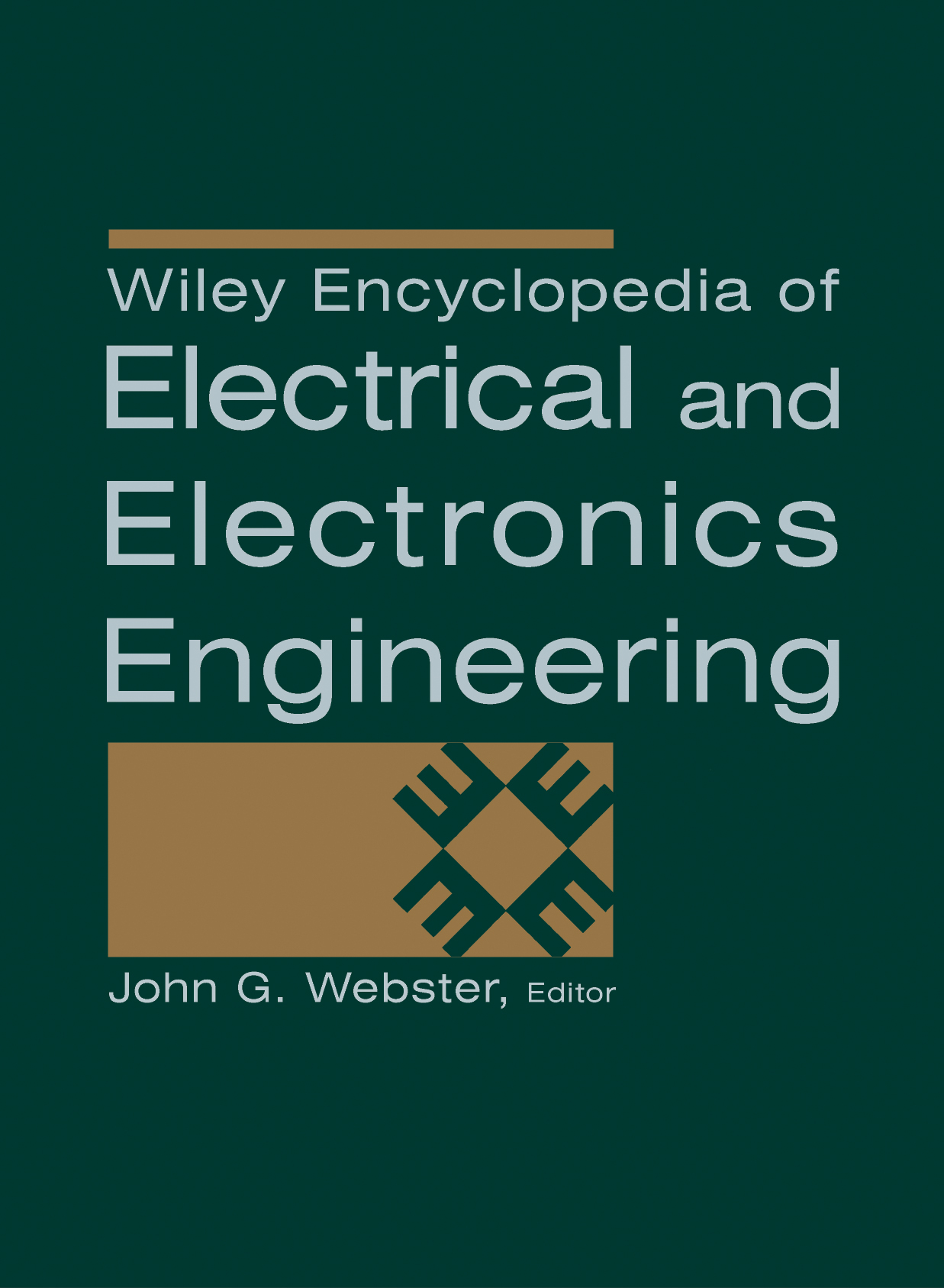Petroleum Industry
Paul S. Hamer,
Paul S. Hamer
Chevron Research and Technology Company, Richmond, CA
Search for more papers by this authorPaul S. Hamer,
Paul S. Hamer
Chevron Research and Technology Company, Richmond, CA
Search for more papers by this authorAbstract
The sections in this article are
- 1 Classified Areas
- 2 Personnel Safety
- 3 Motor Drives and Electrical Surge Protection
- 4 Cogeneration and Load Shedding Systems
Bibliography
- 1 ANSI/API RP 500-1998, Recommended Practice for Classification of Locations for Electrical Installations at Petroleum Facilities Classified as Class I, Division 1 or Division 2, 2nd ed., Washington DC: American Petroleum Inst., 1997.
- 2 ANSI/API RP 505-1998, Recommended Practice for Classification of Locations for Electrical Installations at Petroleum Facilities Classified as Class I, Zone 0, Zone 1, and Zone 2, 1st ed., Washington DC: American Petroleum Inst., 1997.
- 3 ANSI/NFPA 70-1996, National Electrical Code, Quincy, MA: National Fire Protection Assoc., 1996.
- 4 B. C. Cole et al. Creating a continuous impovement environment for electrical safety, IEEE Trans. Ind. Appl., 30: 543–552, 1994.
- 5 ANSI/NFPA 70E-1995, Standard for Electrical Safety Requirements for Employee Workplaces, Quincy, MA: National Fire Protection Assoc., 1995.
- 6 E. W. Kalkstein et al. Safety benefits or arc-resistant metalclad medium-voltage switchgear, IEEE Trans. Ind. Appl., 31: 1402–1411, 1995.
- 7 ANSI/IEEE Std 841-1994, Severe Duty Totally Enclosed Fan-Coded (TEFC) Squirrel Cage Induction Motors—Up to and Including 500 HP, New York: Inst. Electri. Electron. Eng., 1994.
- 8 API Std 541, Form-Wound Squirrel Cage Induction Motors—250 Horsepower and Larger, 3rd ed., Washington DC: American Petroleum Inst., 1995.
- 9 API Std 546, Brushless Synchronous Machines—500 kVA and Larger, 2nd ed., Washington DC: American Petroleum Inst., 1997.
- 10 B. M. Wood et al. Development of an 11,000 r/min 3500 hp induction motor and adjustable-speed drive for refinery service, IEEE Trans. Ind. Appl., 33: 815–825, 1997.
- 11 N. K. Ghai Design and application considerations for motors in steep-fronted surge environments, IEEE Trans. Ind. Appl., 33: 177–186, 1997.
- 12 G. C. Stone H. G. Sedding M. J. Costello Application of partial discharge testing to motor and generator stator winding maintenance, IEEE Trans. Ind. Appl., 32: 459–464, 1996.
- 13 Industrial Power Systems Data Book, “Duplex Reactor,” Sec. 0.125 (Dec. 4, 1961) and Sec. 0.152 (Nov. 18, 1958), Schenectady, NY: General Electric Co.
- 14 D. L. Beeman (ed.) Industrial Power Systems Handbook, New York: McGraw-Hill, 1955.
Reading List
- R. J. Buschart et al. Safe application of totally enclosed motors in hazardous Class I, Division 2 locations, IEEE Trans. Ind. Appl., 30: 1538–1547, 1994 (Note: One of the initial works in the investigation of risk of motor application in Division 2 areas.)
- J. Bredthauer N. Struck Starting of large, medium voltage motors: Design, protection, and safety aspects, IEEE Trans. Ind. Appl., 31: 1167–1176, 1995. (Note: An excellent treatment or large motor rotor heating during motor acceleration.)
- P. S. Hamer et al. Flammable vapor ignition by hot rotor surfaces within an induction motor—reality or not?, Rec. Conf. Papers, IEEE IAS 44th Annu. Petroleum Chemical Ind. Conf., Sept. 15–17, 1997, pp. 37–47. (Note: Initial lab tests on the ignition of mixtures with low ignition temperatures with hot rotors, running and stopped.)
- M. O. Durham Safe work practices: A real world implementation, IEEE Trans. Ind. Appl., 30: 179–187, 1994.
- S. Jamil R. A. Jones L. B. McClung Arc and flash burn hazards at various levels of an electrical system, IEEE Trans. Ind. Appl., 33: 359–366, 1997.
- T. E. Neal A. H. Bingham R. L. Dougthy Protective clothing guidelines for electric arc exposure, IEEE Trans. Ind. Appl., 33: 1041–1054, 1997.
- R. L. Doughty et al. Testing update on protective clothing and equipment for electric arc exposure, Rec. Conf. Papers, IEEE IAS 44th Annu. Petroleum Chemical Ind. Conf., 1997, pp. 323–336.
- IEEE Std 141-1993, Surge Voltage Protection, IEEE Recommended Practice for Electrical Power Distribution in Industrial Plants, New York: Institute of Electrical and Electronics Engineers, 1993, Chapter 6. (Note: An excellent primer on surge protection with an extensive bibliography.)
- R. L. Doughty F. P. Heredos Cost-effective motor surge capability, IEEE Trans. Ind. Appl., 33: 167–176, 1997.
- P. S. Hamer et al. Large 3600 r/min induction motors operating below their first sytem resonant speed, IEEE Trans. Ind. Appl., 31: 1177–1185, 1995. (Note: Covers mechanical problems and solutions for two-pole induction motors 3000 kW output rating and larger.)
- J. R. Dunki-Jacobs C. E. Davis An argument and procedure for conceptual power system design studies, IEEE Trans. Ind. Appl., 30: 253–261, 1994. (Note: The title is self-explanatory.)
- M. F. McGranaghan D. R. Mueller M. J. Samotyj Voltage sags in industrial systems, IEEE Trans. Ind. Appl., 29: 397–403, 1993. (Note: Discusses causes, impacts, and possible solutions for voltage sags.)
- J. Lamoree et al. Voltage sag analysis case studies, IEEE Trans. Ind. Appl., 30: 1083–1089, 1994.
Classified Areas
Personnel Safety
Motor Drives and Electrical Surge Protection
Cogeneration and Load Shedding Systems
Citing Literature
Wiley Encyclopedia of Electrical and Electronics Engineering
Browse other articles of this reference work:



